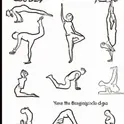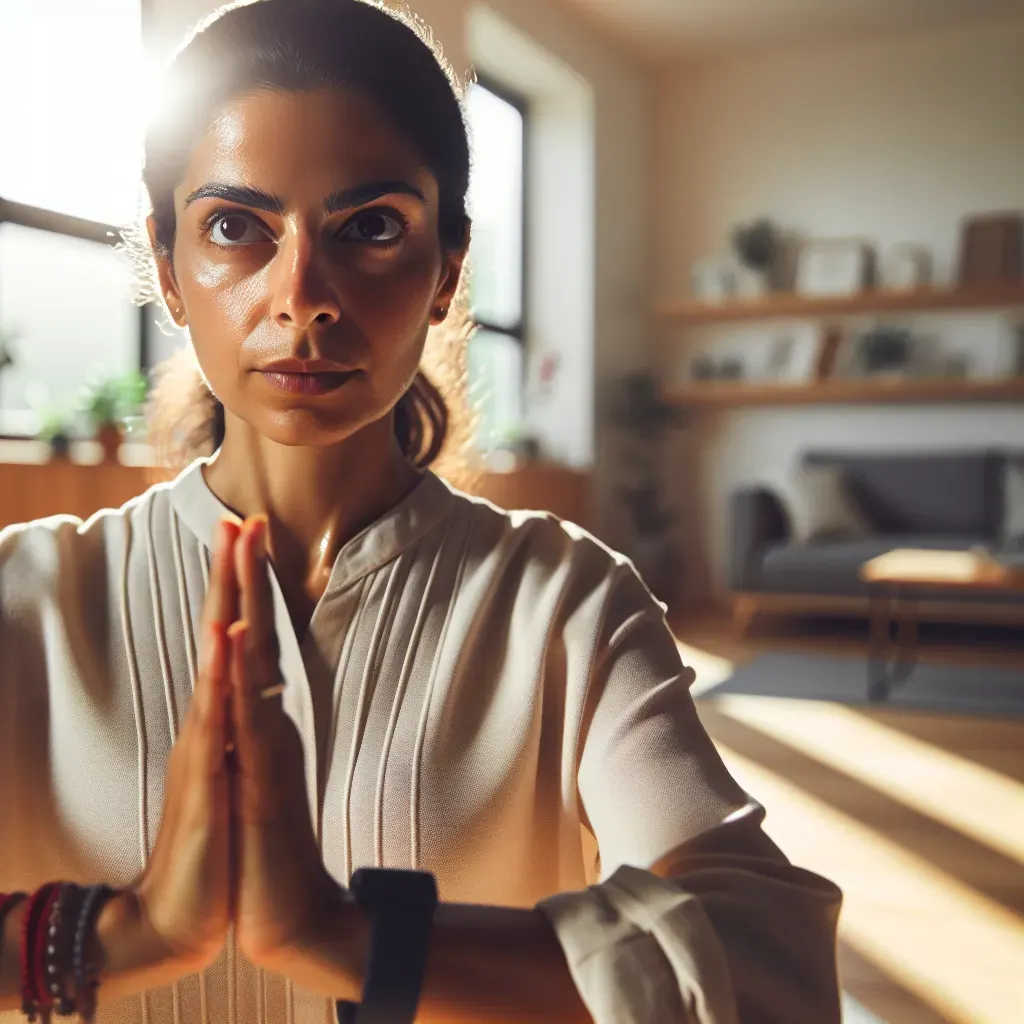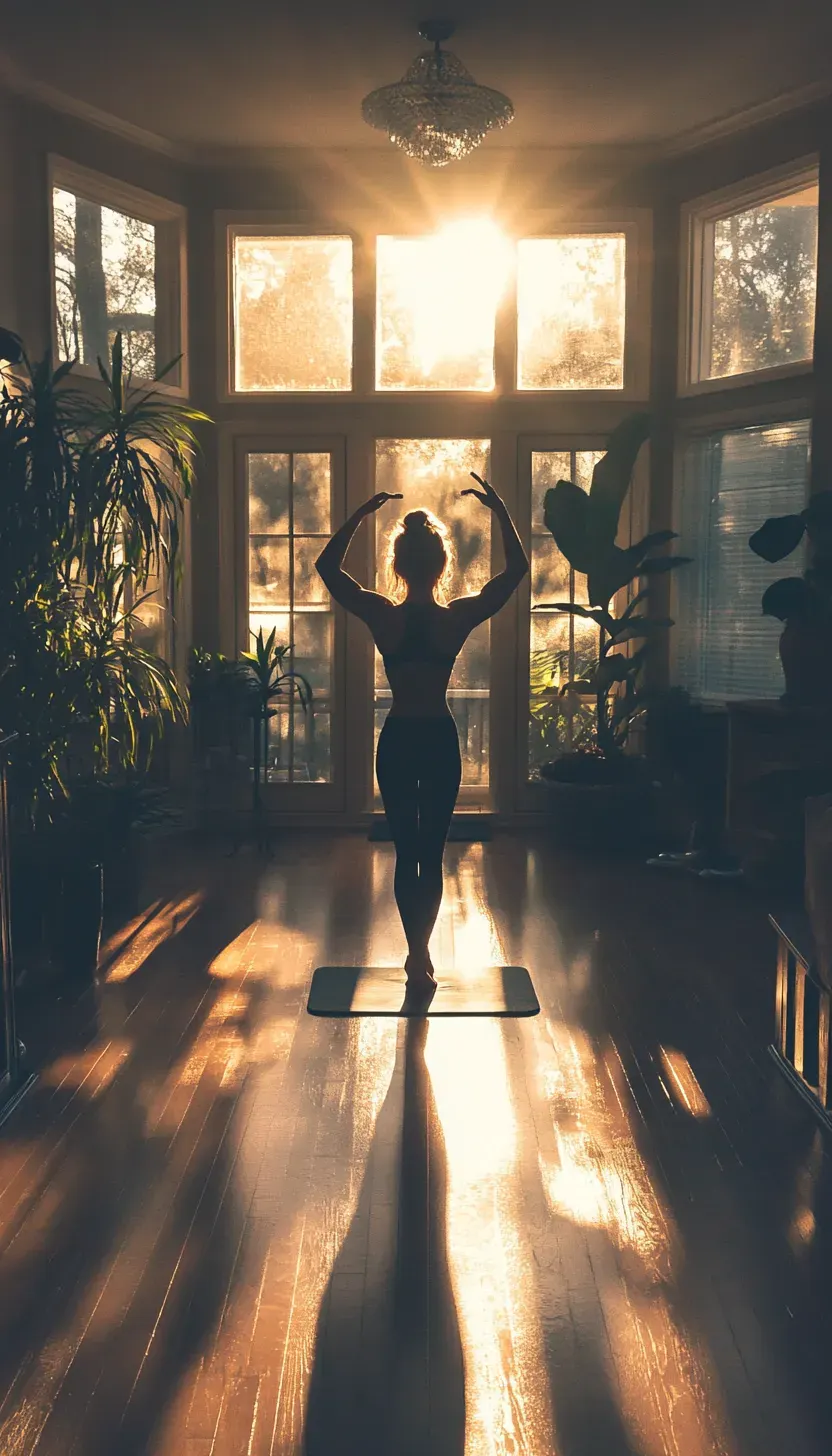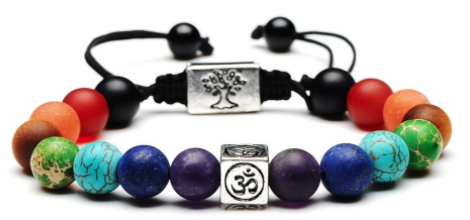The Art Of Balance: Discovering Stillness In Motion
Table Of Contents
- Embracing the Journey of Balance
- Understanding Movement and Stillness Connection
- Mindfulness Practices for Everyday Life
- Physical Activities That Cultivate Balance
- Mental Techniques to Achieve Inner Calm
- The Role of Nature in Finding Stillness
- Integrating Balance into Daily Routines
- The Ongoing Pursuit of Equilibrium
Embracing The Journey Of Balance
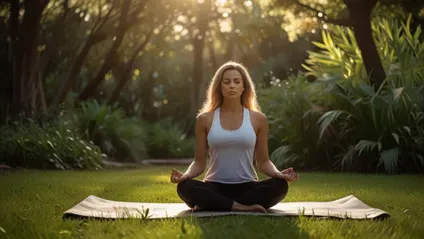
Life often feels like a tightrope walk, where we juggle responsibilities, aspirations, and the unending demands of daily existence. Embracing the journey of balance is not about achieving a perfect equilibrium but rather about navigating through the inevitable ebbs and flows. In these moments of oscillation, we discover our true selves an alchemy of chaos and calm.
Finding stillness amid motion requires us to shift our perspective on what balance means. Instead of viewing it as a destination, consider it a dynamic process inherent in every step we take. Each moment presents an opportunity to recalibrate: amidst a whirlwind of tasks or an unexpected challenge, pause for breath and listen to your inner rhythm.
By embracing this fluidity, we cultivate resilience learning that it's okay to sway allowing ourselves to adapt gracefully to life’s unpredictability while holding onto what matters most.
Understanding Movement And Stillness Connection
Movement and stillness are often perceived as opposites, yet they exist in a delicate symbiosis that shapes our experience of life. When we immerse ourselves in the rhythm of movement, whether through dance, yoga, or even a brisk walk, we engage with the energy around us.
This active flow invites moments of clarity and insight an opportunity to observe the world without the clutter of thought. Just as a river flows steadfastly yet momentarily pauses at its banks, allowing for reflection on its journey, so too can our physical expressions reveal profound truths about our inner landscape.
Embracing stillness amidst movement is an art form in itself; it requires us to cultivate awareness and presence. In those fleeting moments where time seems to stand still perhaps during a breath between poses or at the peak of a sprint, we discover insights that might escape us in perpetual motion.
Stillness does not mean disengagement; instead, it signifies an integration of experiences where contemplation enhances understanding. By learning to navigate this relationship wisely, we unlock creative potential and foster resilience within ourselves.
Thus, both movement and stillness become tools for personal exploration; each step forward beckons reflection on what lies behind or within—a beautiful balance we must continually strive to achieve.
Mindfulness Practices For Everyday Life
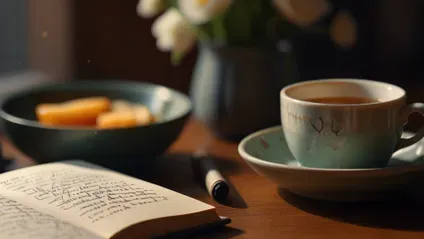
Incorporating mindfulness into your daily routine doesn’t have to be a grand affair; small, intentional practices can lead to profound shifts in awareness.
Start by designating certain moments like sipping your morning coffee or waiting for the bus as opportunities for mindfulness. Instead of scrolling through your phone, focus on the flavour and warmth of the beverage or observe the rhythm of the world around you.
This simple shift can anchor you in the present, allowing mundane moments to transform into sources of joy and clarity.
Moreover, consider integrating mindful movement into your day. Whether it's stretching during a work break or taking a leisurely walk in nature, bringing attention to bodily sensations can foster a deeper connection between mind and body.
As you move, pay close attention to how each muscle feels; this not only helps alleviate tension but also promotes a sense of balance amid life's chaos.
Just like meditation opens pathways to silence within us, mindful movement offers an invitation to harmonize our physical presence with our inner stillness reminding us that tranquillity is always accessible, no matter how busy life gets.
Physical Activities That Cultivate Balance

Engaging in physical activities that cultivate balance transcends mere coordination; it is about harmonizing the mind-body connection. Practices like yoga and tai chi not only enhance our stability but also foster a deep sense of awareness and presence.
As you flow through a series of poses or movements, each deliberate action invites mindfulness, grounding your thoughts while inviting stillness amidst motion. Imagine the tranquil flow of energy that such activities engender, allowing you to become more attuned to your body’s needs and responses.
Moreover, dance offers an exhilarating avenue for cultivating balance through rhythm and expression. Whether it's the structured precision of ballet or the spontaneous freedom found in hip-hop, each step requires focus and adaptability.
This dynamic form of movement challenges your body to respond instinctively while engaging creatively with space a beautiful metaphor for life itself where the unexpected often beckons us to find equilibrium amid chaos.
Embracing these diverse activities equips us with skills that extend beyond physical prowess; they give rise to resilience and mental clarity as we navigate both our bodies and our daily lives with grace.
Mental Techniques To Achieve Inner Calm

Embracing mental techniques to achieve inner calm can transform chaos into clarity, allowing us to navigate life's currents with grace. One powerful approach is the practice of mindfulness meditation, where focusing on the breath anchors you in the present moment.
This simple act not only reduces anxiety but also cultivates an awareness that helps differentiate between active stressors and those we project onto ourselves. When combined with visualization techniques imagining a serene place or experience you can create a sanctuary within your mind, promoting relaxation even amidst external turbulence.
Another effective technique is cultivating gratitude as a daily practice. By intentionally reflecting on what you're thankful for, you shift your mindset from scarcity to abundance, countering feelings of overwhelm and fostering resilience.
Journaling these thoughts deepens this effect; writing allows them to settle in your subconscious while offering a tangible outlet for emotions.
Finally, integrating breathing exercises throughout your day empowers you to reset at moments of high tension focusing on slow inhales and exhales can clear mental fog and restore tranquillity when needed most. Each of these mental tools invites stillness amidst motion, ultimately guiding you towards lasting balance and peace within yourself.
The Role Of Nature In Finding Stillness
Nature serves as a powerful sanctuary for stillness, offering an antidote to the frenetic pace of modern life. When we immerse ourselves in natural surroundings whether through a leisurely walk in the woods or simply sitting on a park bench—we create space for quiet reflection and inner peace.
The gentle rustling of leaves, the rhythmic lapping of waves against the shore, or even distant bird calls can serve as soothing reminders that tranquillity exists outside our busy minds. This communion with nature not only anchors us but also invites us to engage our senses fully, allowing us to experience life’s subtleties more profoundly.
Moreover, nature operates on its time scale a rhythm that contrasts sharply with our artificial calendars and deadlines. The gradual unfolding of seasons teaches us patience; watching a blossom emerge from winter’s grasp mirrors our journey toward resilience and growth.
In these moments spent among trees or under vast skies, we intuitively align ourselves with the inherent stillness that surrounds us an invitation to breathe deeply and be present.
By attuning ourselves to this natural cadence, we cultivate an awareness that grounds us in stillness amidst life’s relentless motion, reminding us that peace is always within reach if we choose to connect with it.
Integrating Balance Into Daily Routines
Integrating balance into daily routines is akin to creating a symphony where diverse instruments harmonize rather than clash. One effective approach is to embrace the concept of micro-moments brief pauses scattered throughout your day that allow for reflection and realignment.
These moments could be as simple as taking a few deep breaths between meetings or stepping outside for fresh air. By consciously embedding these pauses, you cultivate a rhythm that supports mindfulness amidst life’s chaotic tempo.
Additionally, incorporating movement practices like tai chi or yoga can serve as powerful anchors in our fast-paced lives. Unlike traditional workouts focused solely on intensity, these disciplines emphasize fluidity and connection, encouraging not just physical strength but also mental serenity.
As we weave such practices into our days, we gradually retrain our bodies to recognize the value of stillness even while in motion, fostering resilience against external pressures. Ultimately, this integration transforms a mere checklist of activities into nourishing rituals that promote genuine well-being and equilibrium in our everyday experiences.
The Ongoing Pursuit Of Equilibrium
In the relentless rhythm of our lives, achieving equilibrium often feels like chasing a mirage. Yet, it is in the very pursuit itself that profound insights emerge. Embracing the tension between chaos and calm opens doors to self-discovery, where we learn that balance isn't a static goal but a dynamic process.
Each moment offers an opportunity to recalibrate; acknowledging this fluidity invites us to engage more deeply with our experiences, fostering resilience in turbulent times.
Moreover, finding stillness doesn't imply the absence of movement or activity; rather, it encourages us to dance through life’s complexities with grace. Engaging with this ever-evolving balance cultivates mindfulness and adaptability skills essential for navigating modern existence.
By consciously reclaiming our rhythm amidst external demands, we not only honour our well-being but also enrich our interactions with others. Ultimately, the ongoing pursuit of equilibrium is about crafting a lifestyle that celebrates both serenity and dynamic movement, making each day an exquisite exploration of harmony in motion.
People Also Asked
1. What is the art of balance in life?
The art of balance in life is about navigating through life's ups and downs, finding stillness amidst motion, and embracing the dynamic process of balancing responsibilities and personal well-being.
2. How can I find stillness in my busy life?
Incorporating mindfulness practices, taking moments for reflection, and engaging in physical activities like yoga can help find stillness amidst a busy life.
3. Why is balance important?
Balance is essential for maintaining mental and physical well-being, enhancing resilience, and fostering a sense of fulfillment and clarity in life.
4. What are some mindfulness practices for daily life?
Simple mindfulness practices include mindful breathing, mindful eating, and taking moments throughout the day to be present and observe your surroundings.
5. How can physical activities improve balance?
Physical activities like yoga, tai chi, and dance improve coordination, stability, and mindfulness, helping to cultivate a balanced mind-body connection.
6. What mental techniques help achieve inner calm?
Mindfulness meditation, visualization, gratitude journaling, and breathing exercises are effective mental techniques for achieving inner calm.
7. How does nature contribute to finding stillness?
Immersing in nature provides a serene environment for reflection, grounding, and connecting with the natural rhythm, which promotes inner peace and stillness.
8. How can I integrate balance into my daily routine?
Integrate balance by creating micro-moments for reflection, practicing mindful movement, and embedding small pauses throughout your day to realign and reflect.
9. What role does mindfulness play in achieving balance?
Mindfulness enhances awareness and presence, helping to navigate life's chaos with clarity and fostering a dynamic equilibrium between movement and stillness.
10. What is the ongoing pursuit of equilibrium?
The ongoing pursuit of equilibrium involves continuously engaging with the balance between chaos and calm, adapting to life's changes, and finding harmony in motion.
